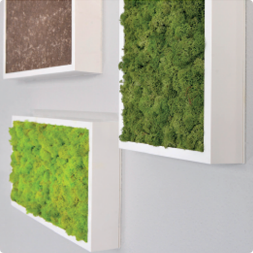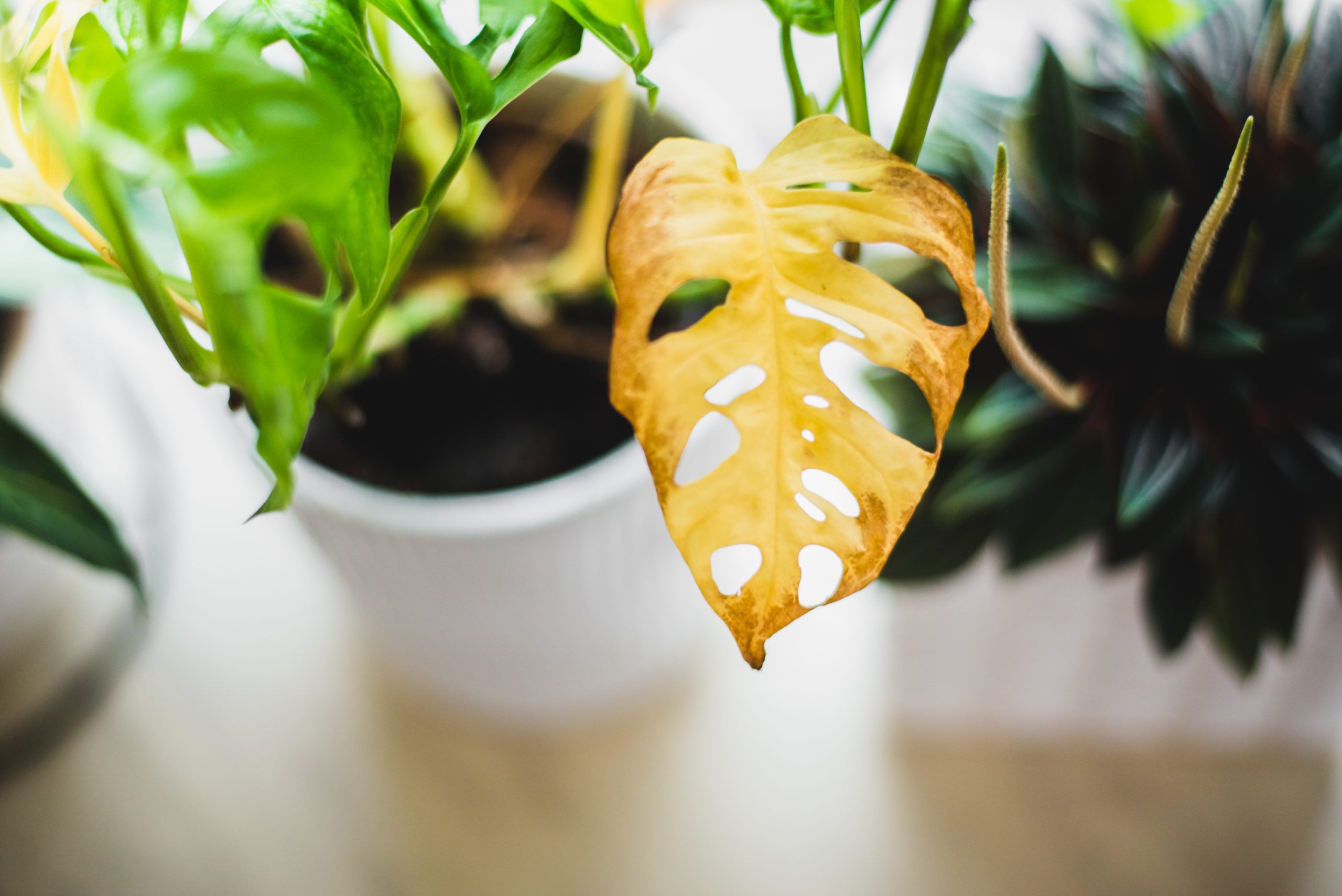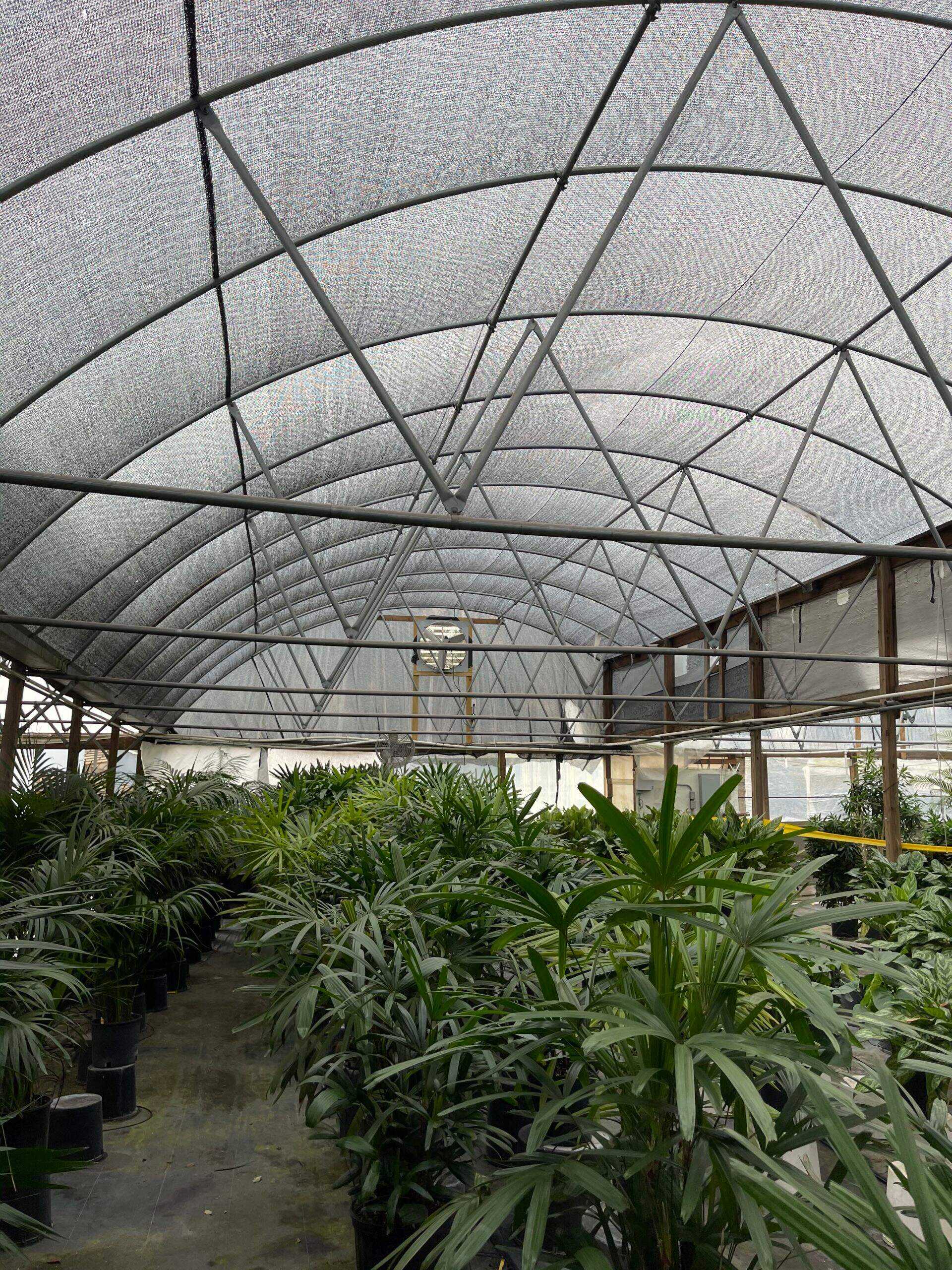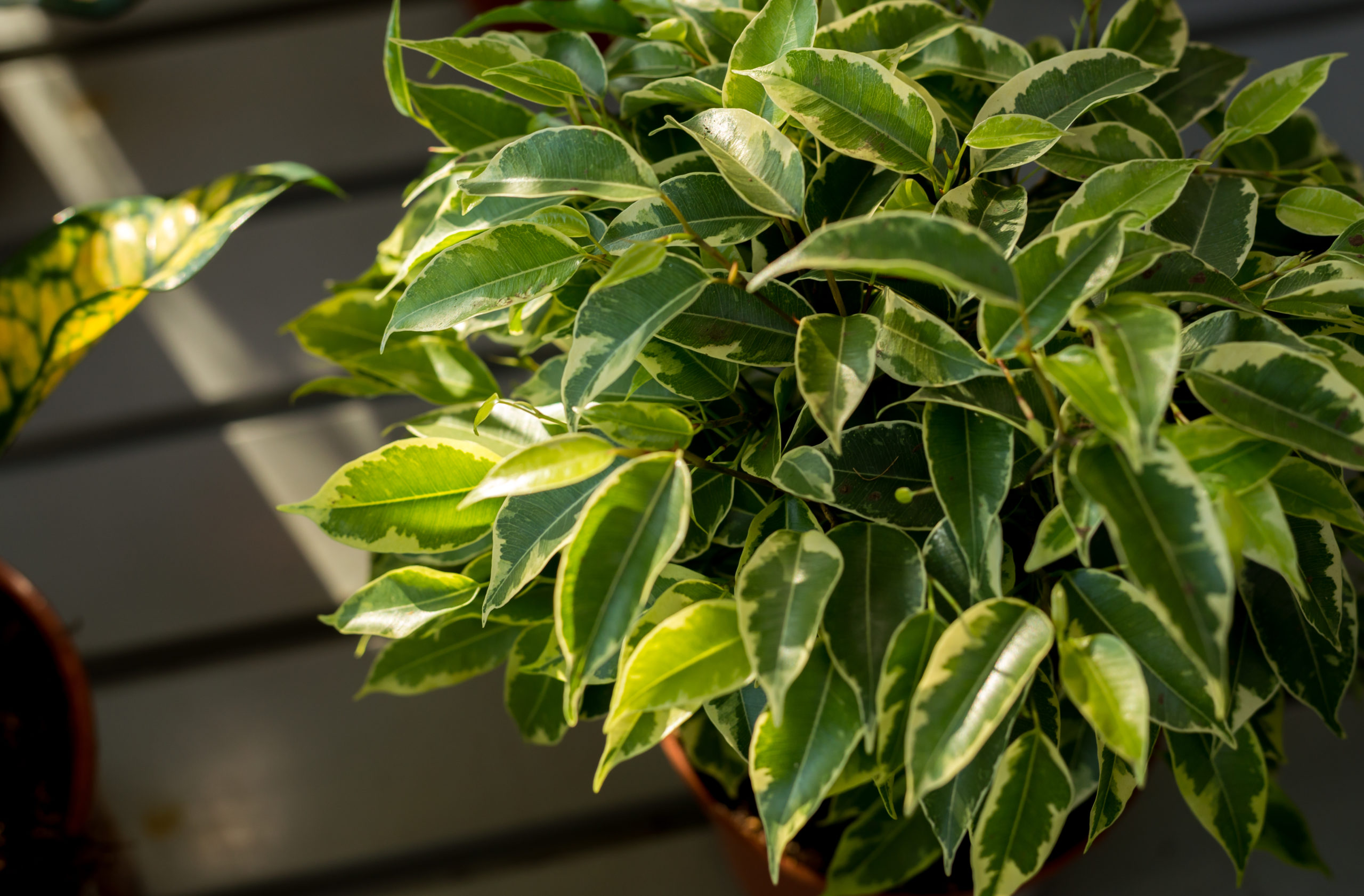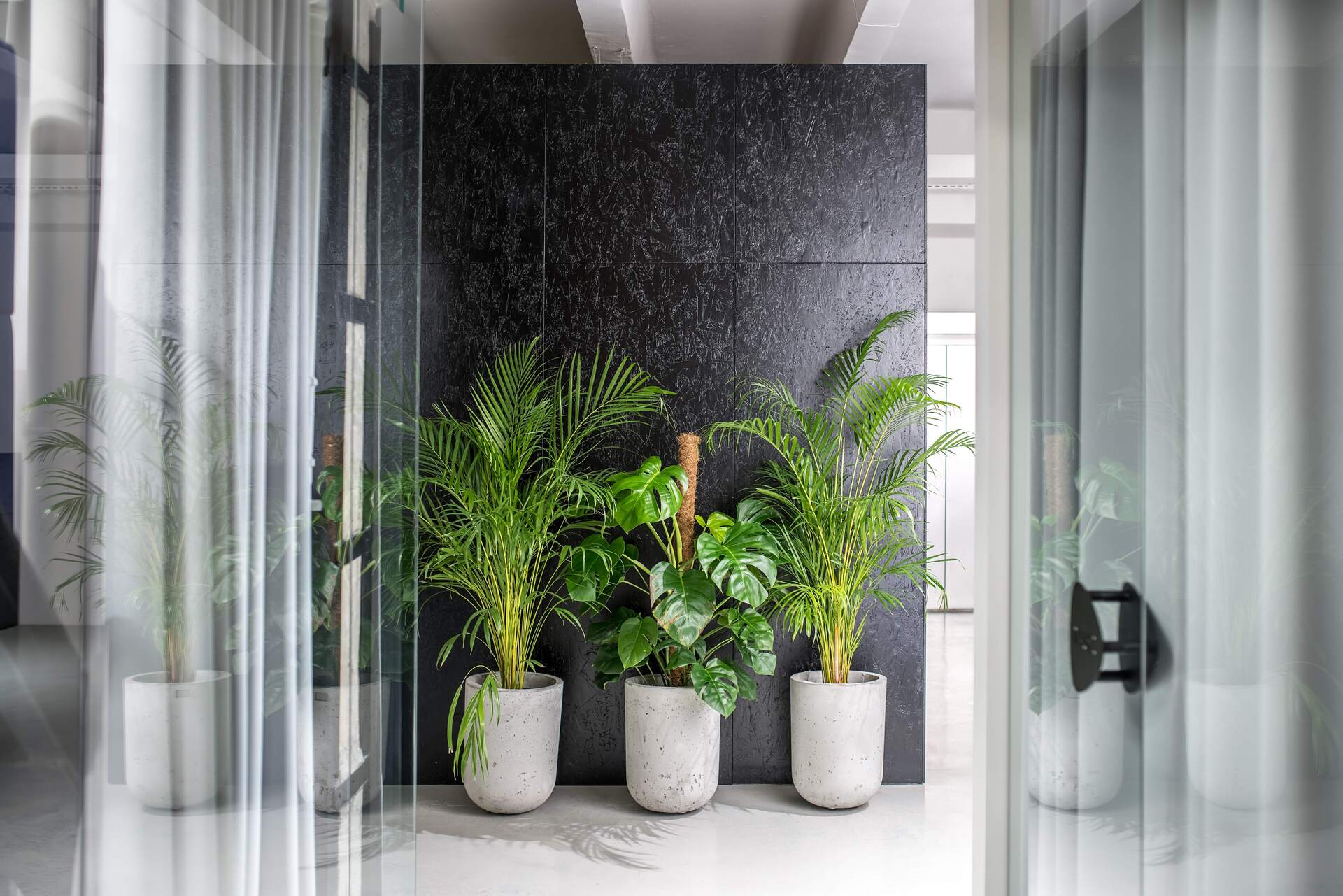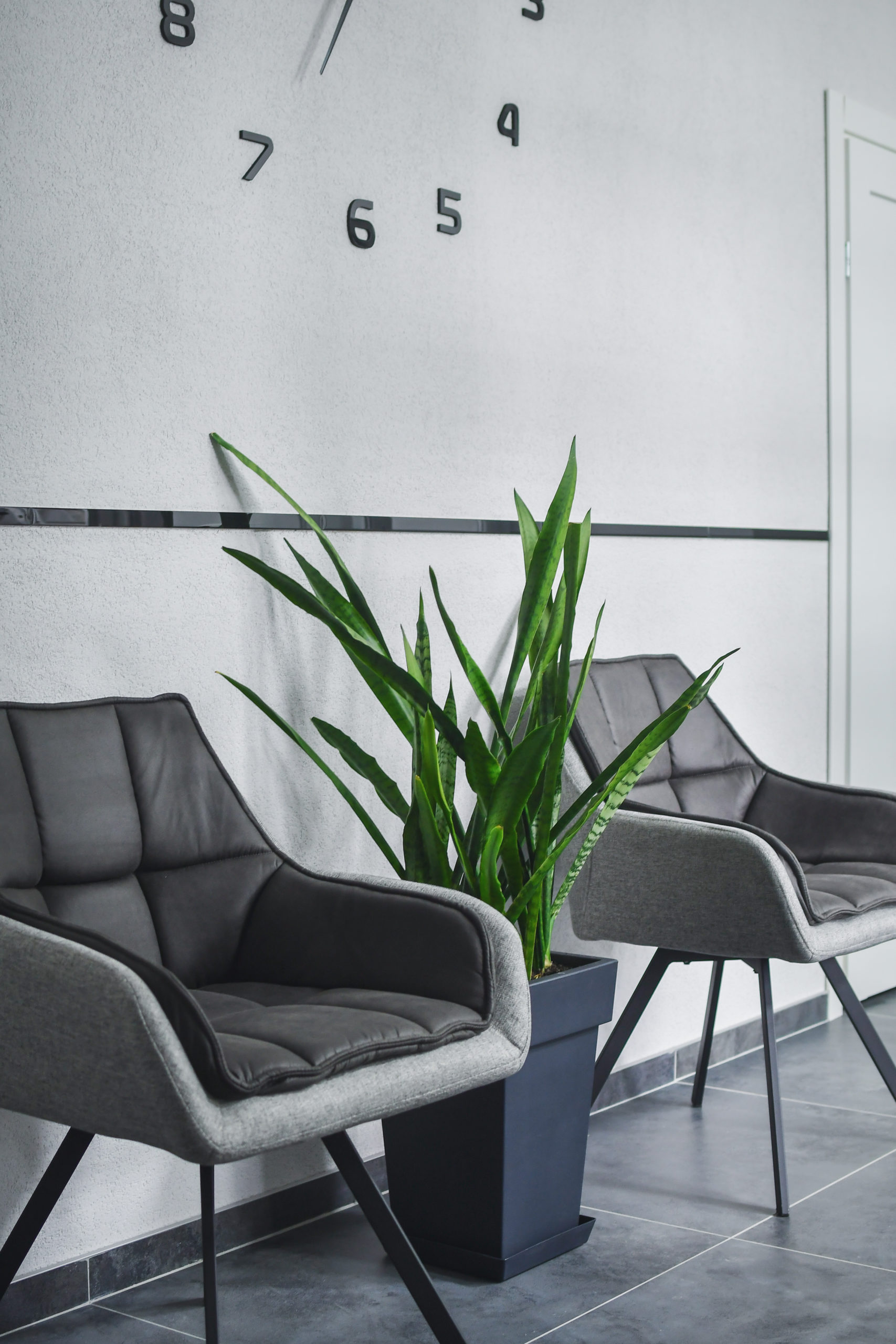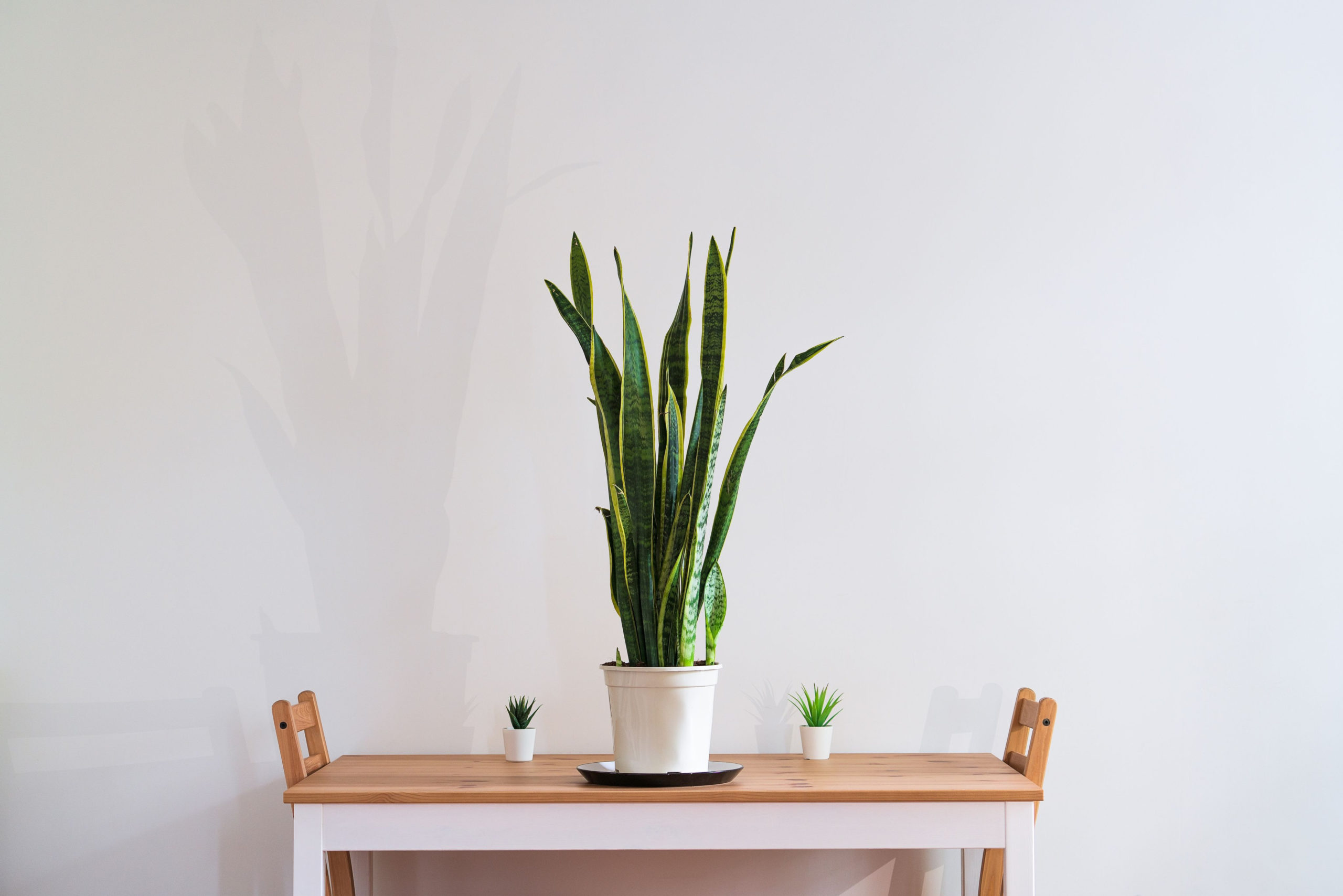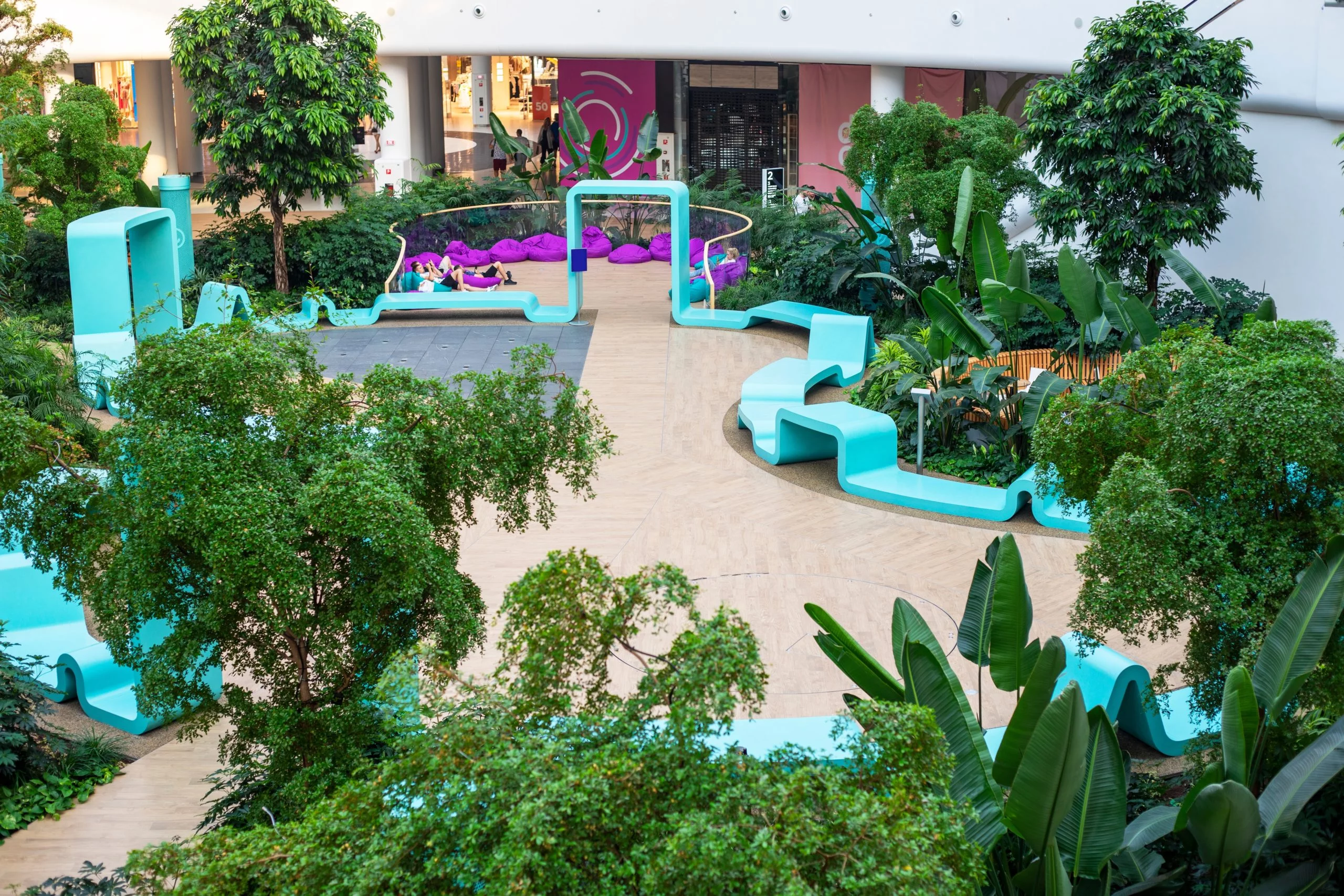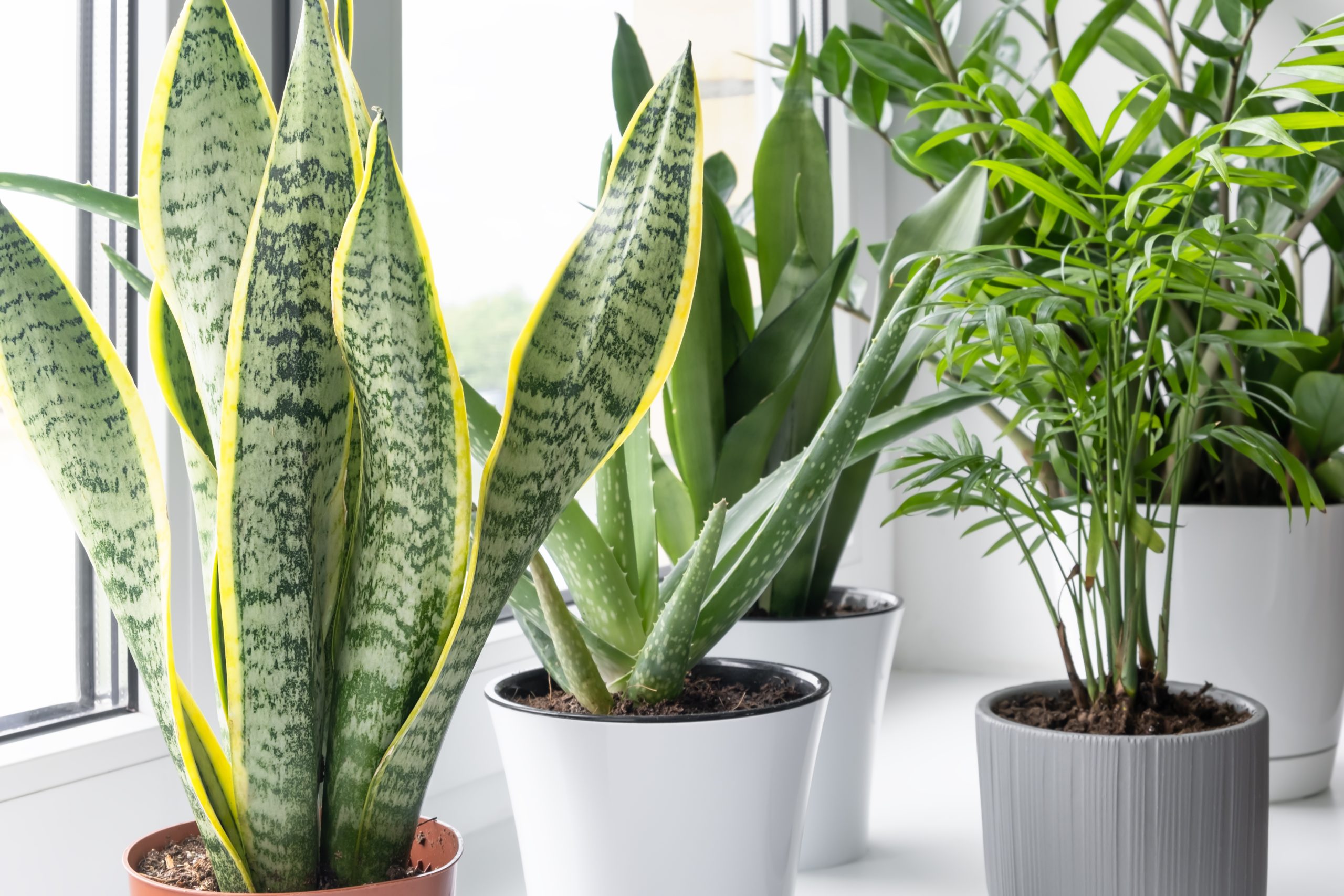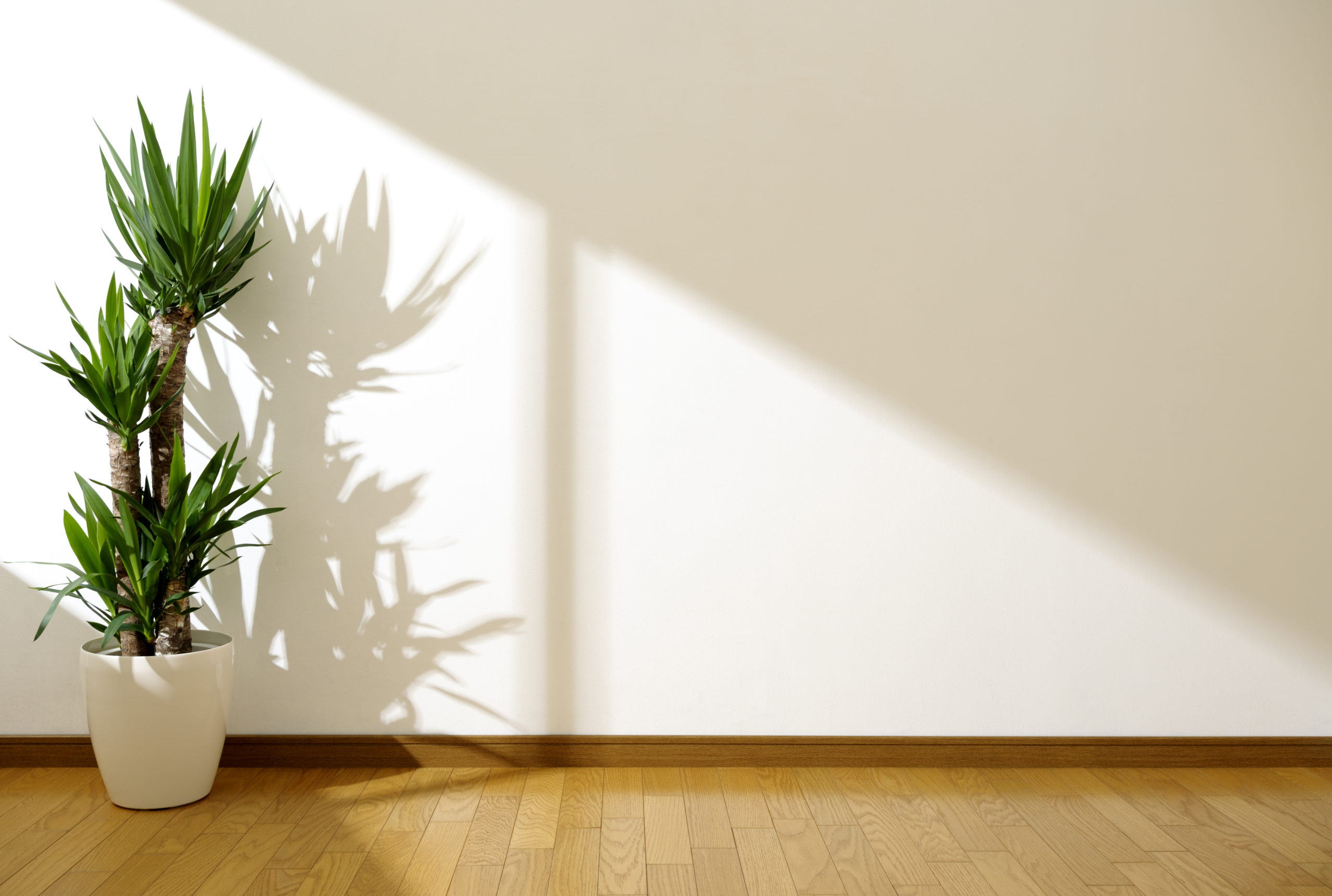The new year is a good time to focus on growth, and that should include your favorite plants. If you’re taking care of them as a good plant parent, you want your species to thrive and look their very best. It’s good for them, it’s good for your décor, and it’s good for everyone who gets to enjoy them. Healthy, happy plants are the goal of any plant parent, and that means understanding what they require to remain that way.
In many cases, staying healthy means getting proper water, light, and other nutrients. For many plants, the space should have the right humidity and be free from pests as well. If you take care of these issues and check to make sure they’re doing well, your plant should reward you with a healthy, beautiful look.
Unless they go dormant, that is. Dormancy is a natural event that occurs with plants and leads to beautiful growth later in the year. But because it looks like the plant is struggling, you might think something is going wrong and make changes to revive it. In reality, disrupting dormancy has negative consequences, and the dormant period is actually a good time to take advantage of the slowed growth in different ways that can help your plant later.
What is Dormancy?
Have you ever felt like you had less energy when it was cold outside, and wanted to just curl up with a blanket and relax, or take a nap? Some people naturally feel more tired as the days get shorter. That’s a normal human trait, and it’s not too different from what plants experience, except they do it on a larger scale. Like hibernation with some animals, dormancy is essential for plants and a natural part of their growth process.
When plants go dormant for the winter, they experience a period of minimal or no growth. Shortened days mean less sunlight, which affects their ability to convert it to the energy they need. Plants also go dormant to protect themselves when it gets cold, slowing their metabolic rate and subsequent need for energy when they produce less due to less sunlight. This event occurs even in your home, where the temperature is stable and there’s plenty of artificial light. Plants will also go dormant as a defense mechanism in times of extreme heat or drought. Again, a slower metabolism means less energy, which requires fewer resources. By going into dormancy, the plant is taking care of itself.
Unfortunately, it doesn’t look that way to concerned plant parents. Dormant plants will not only stop growing, but they’ll start drooping or losing leaves and stems. Their soil will remain moist for a longer period of time as they take on less water. To the uninitiated, they look like they’re dying, which might lead to more sunlight, water, and nutrients in a vain effort to revive them. In reality, the plant needs its dormant time to save up energy for revitalization in the springtime.
So how do you ensure that you don’t hurt the plant you’re trying to help? You’ll need a tool to help you keep better track of the soil’s moisture that works better than the eye test, or just sticking your finger into the pot and hoping for the best. Fortunately, our Soil Sleuth can solve that problem for you with more accuracy and less mess.
Simply take the Soil Sleuth and place it deep into the soil, near the plant’s roots. Then bring it back up. The notches in the tool will trap the soil and allow you to feel it to determine what the moisture is like at different depth levels. You’ll be able to avoid overwatering with confidence since you know exactly what the soil is like down where the roots are.
The Soil Sleuth takes the guesswork out of everyday watering and can help save your plant when it looks like it needs your help but is really just entering its dormancy phase. You might find yourself watering and fertilizing less, which is a good sign that the tool is keeping your care in check and creating better conditions for your plant.
Dormancy or Danger?
If you see your plant looking weaker and less healthy, you don’t want to automatically assume it’s going dormant. You also don’t want to assume it’s something else. So how can you tell?
First, check for damaged or dead stems. You’ll want to be careful not to damage your plant by snapping a healthy stem. But if feels mushy to the touch, you’ll want to remove it so the rot doesn’t spread to the rest of the plant.
If the roots are healthy, the plant is in good shape. Again, using your Soil Sleuth, you can determine the moisture level in the root area. If it’s extremely soggy, you might have overwatered and the roots are drowning, which can lead to visuals that look similar to a plant not getting enough water. You never want to shock your plant by changing the environment too quickly, or repotting when it isn’t necessary. Those decisions will cause additional damage at a time when you want your plant to conserve energy for a spring revival. But if the roots are soggy and mushy, you might have an emergency situation where repotting in the springtime makes sense. Just be sure that’s the case before making any drastic decisions, and cut down on watering during the winter months to avoid making a bad situation worse.
If you know your plant is dormant, you can also adjust your care schedule. Avoiding a misdiagnosis means you’ll avoid overwatering, which is dangerous for your plant even in normal times. Now that you know the situation, you can water less than normal and stop fertilizing if that’s part of your routine. Also, be sure to keep pests away if that’s a common concern by dusting and cleaning your plant regularly. Then let it continue its dormancy through the winter.
Wake Up
If a plant is in its normal environment, it might come out of its dormancy on its own. You won’t have to do anything, and it will come to life. But the indoor environment is very controlled, so in some cases, you might want to give it a little help to come back.
Just make sure that your help isn’t done too radically and as a shock to the dormant plant. Nobody likes a sudden, radical change in their environment, and plants are no different. Carefully place it in an area with a fair amount of indirect light, and give it water and some slow-release fertilizer. Those methods should be enough to give it a wake-up call, and you should gradually start to see results that your plant is coming out of its dormant state.
Repotting Possibilities
Now that your plant is coming back to its vibrant state, you’ll want to consider repotting. Some plants require repotting on a regular basis, others have grown a little too big for their pots, and you might anticipate that their new growth will be taxing on their existing home.
If you’re going to repot, consider what kind to choose. Remember that the pot can be as much a part of your décor as the plant itself. Choose something that fits your style. Also, make sure it’s just a little bigger than the existing pot. By selecting one a couple of inches larger, you’ll give your plant room to grow and thrive. But more than that will require more soil than the plant needs, which will dry out faster, which will encourage more watering and could lead to overwatering and drowning your plant. You’ll want a bigger pot, but not much bigger, to encourage growth and keep your plant looking great.
Once you’ve selected the right pot for your plant, put a layer of new potting soil into the new pot and pack it down. Then you’ll want to remove your plant from its existing pot, and you’ll want to do it carefully. Don’t just pull it out by the stems. Just tip it to its side, or even upside down, and tap on the bottom of the pot to help loosen it. You can pull on the stems gently, but let gravity do most of the work for you.
Now that your plant is out, loosen the roots. They might be bound up together, so be careful as you untangle them, and prune away any that look dead or too long compared to the other ones. You should also remove a good portion of the old potting mix that’s still clinging to the roots. Not all of it, but enough to give your plant a fresh start in its new home.
Next, place your plant in its new, larger pot and add more potting mix. Don’t pack or press this soil down, though. You want to leave plenty of air for your plant to thrive. You also want to leave room below the lip of the pot for watering, otherwise, it will run over the sides and miss the roots completely. Then even out the soil, add water, and enjoy. You’ll have a new-looking plant in a new pot.
Trim and Transform
As your plant sports its new growth, it’s also a good time to trim and shape your plant. The disparity between lush, new leaves and older, decaying ones will be clear, and quick trim will highlight the former. Dying branches need to be removed to promote new growth and improve your plant’s overall look.
It’s also a good time to guide the shape of your plant. It won’t always grow in the manner you like and can look disheveled and unbalanced as it continues to grow. Don’t go overboard, but you can shape your plant for a more-attractive look while it’s in a growth stage.
Following these tips will ensure that your plant exits its dormancy ready to grow in a healthy way, with plenty of room in a new pot, healthy roots, and fresh potting soil.
Plantz is Here to Help
While it’s necessary to ensure your plant is ready for its dormancy, recovers in a proper way, and is ready for its growth stage, getting to that point isn’t always easy. You might be dealing with a species whose dormant characteristics are new to you. You might have additional questions about keeping it safe or helping it out of dormancy effectively. And while repotting can be stressful for plants, it can be the same for concerned plant parents. What soil is best for your plant? What’s the best way to check the roots without injuring them?
And what about trimming and shaping? What’s the right amount, and how can you encourage growth and avoid inhibiting it? All of these are good questions, and even an experienced plant parent might not have all the answers for every species they have.
Fortunately, you don’t have to rely on just your own expertise. You have Plantz.com. For decades, we’ve been dedicated to the care, maintenance, sales, and service of beautiful plants for individuals, businesses, and event planners. We know plants, how to care for them, what to expect from them, and how to get the most out of them. That includes specific information about your plant or the plant you want to add to your collection. We want you to have detailed questions, and we’re here to provide detailed answers.
If you have questions about dormancy, Plantz can tell you what to expect and how to encourage it in a safe way. We can help you determine whether your plant is dormant or if something more serious is occurring. And when it’s time for your plant to come out of it, we can help guide you so you can foster that process in a healthy way.
Repotting should be a deliberate and careful process, and we can help advise on that procedure as well, from choosing the right pot to completing the upgrade. If your goal is to really get your plants growing, all of these issues can get your year started right, and that’s where our experience and commitment to customer service come in.
This knowledge can help you make a decision as to which plants to add to your collection. You might not know what to buy at first, but once you know what plants have a dormancy cycle that fits with your space, and can be accommodated easily, the decision becomes easier. You can choose a species that will align with your décor goals and ability to keep them thriving, and know you’ve made the right choice. And whatever you choose, Plantz has a quality selection of the best plants, shipped with special care and ready to add to your collection. And our service continues after the sale if you have more questions or need more guidance.
To start, use our contact page and let us know how we can help.









